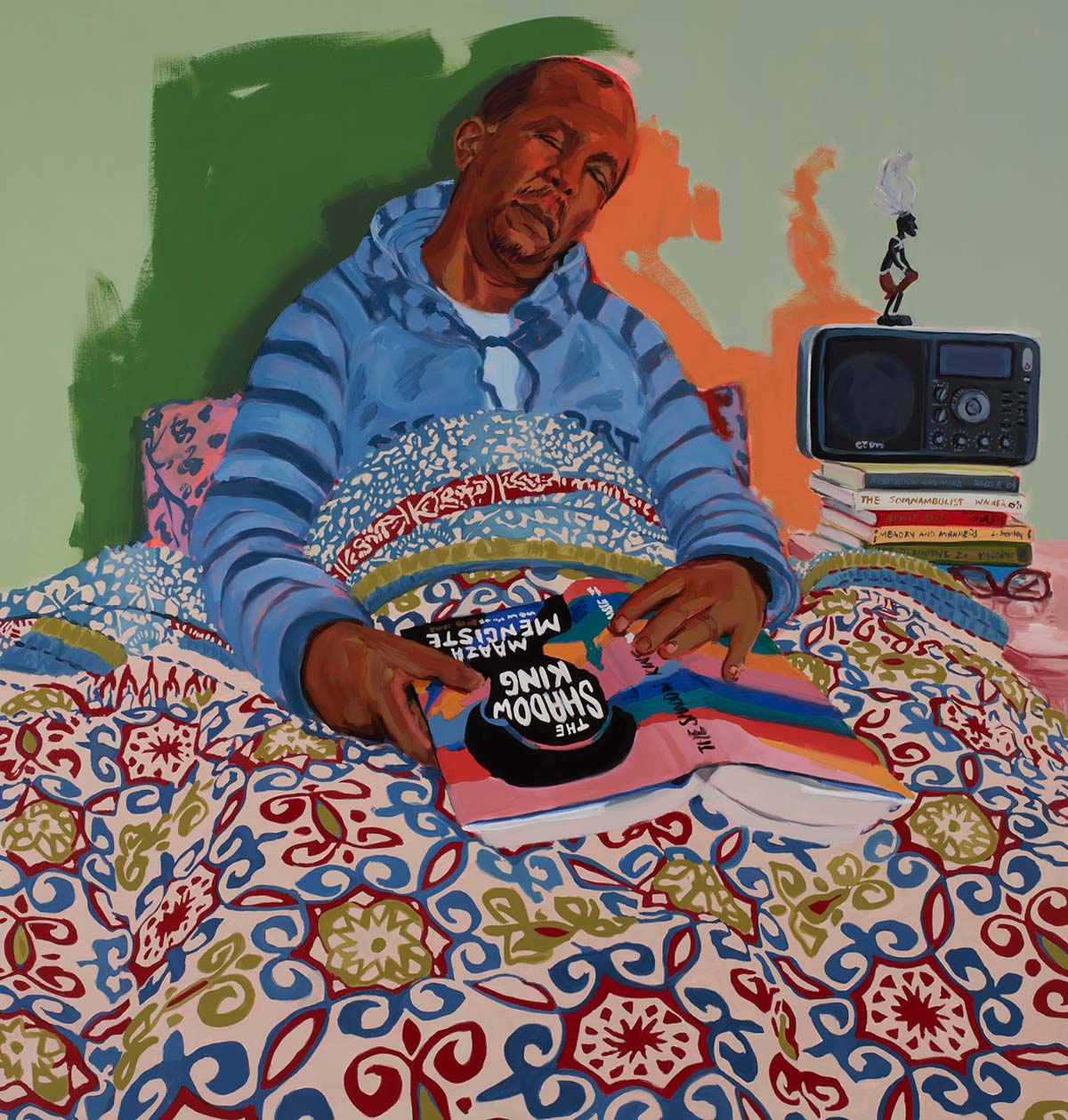
“Rested”
A Group Exhibition Presented by Nicola Vassell Gallery
EXHIBITION ON VIEW
November 10 – January 8
NICOLA VASSELL GALLERY
138 10th Ave, New York, NY 10011
“Rested,” a group exhibition presented by Nicola Vassell Gallery, is on display November 10th through January 8th. The exhibition is a true manifestation into the exploration of the body in various degrees of ease, rest, or inactivity. Rested brings together work by Benny Andrews, Marlene Dumas, Chase Hall, Wangari Mathenge, Kayode Ojo, Frida Orupabo, George Rouy, Ming Smith, Henry Taylor, Bob Thompson, and Charles White.
Through mediums of painting, photography, collage, and sculpture, various artists consider removing the body from exertion and strain while acknowledging the lineage of resting forms that have populated art history: repose, contrapposto, and the odalisque.
Rested conciliates the slowing of physical occupations since the COVID-19 global pandemic and re-evaluates the implications for individual and collective motion. By exploring how humans assert themselves within time and space, these thrilling works present a sense of bodies lain dormant.

ABOUT THE ARTISTS:
Benny Andrews emerged as a pioneering creative and political presence during the Black Art Movement of the 1960s & 70s. His technical mastery and visually engaging figuration addresses social injustice and racism.
Marlene Dumas creates provocative paintings that reference pop culture, sexuality, current events, and art history. Her emotionally-charged, psychologically complex figurations draw viewers in through her interpretations of love, life, and pain.
Chase Hall utilizes his painting, sculptural and photographic practice to dissect racial and cultural dynamics. His paintings on raw cotton canvas offer a distinctive palette and gestural technique. They reflect the complexity of his biracial heritage and the problematic history of cotton.
Wangari Mathenge depicts domestic scenes and everyday moments in vivid, colorful detail, while alluding to the tension between home, displacement, the contemporary woman, and tradition.
Kayode Ojo develops installations that tackle the history of an object or happening using a theatrical lens. He strikes a balance between stage direction and sculpture to establish proof of an experienced past.
Frida Orupabo, a former sociologist, lives and works in Norway. Using archival and historical imagery, her collaged, photographic portraits and video works explore race, gender, and familial identities.

George Rouy engages the body so that amorphous shapes reveal abstract human forms. With a nod towards the romantic, Rouy charts a course of translucent strokes and declarations of ambiguity in gender, race, and technology.
Ming Smith has captured Black life in its entirety over the course of five decades. From mundanity to epic portrayals of love, loss, and celebration, Smith uncovers the poetry and spirituality ever-present in her community.
Henry Taylor paints singular portraits which emerge from a well of personal experiences. Known for depictions of family, friends, and characters who intrigue him, Taylor employs powerfully emotive brushstrokes to create intimate and poetic images.
Bob Thompson, over the course of his short but prolific career, created wildly vivid paintings, reflective of the Beat Generation that he was a vital part of. His elaborate figurations offer an unorthodox and expressive approach to composition, color, and tonality.
Charles White, a key figure in the Harlem Renaissance, imbued his depictions of the Black community with powerful dignity. David Hammons and Kerry James Marshall were among his many students. “I have no use for artists who try to divorce themselves from the struggle,” was a cornerstone of his celebrated creative practice.


